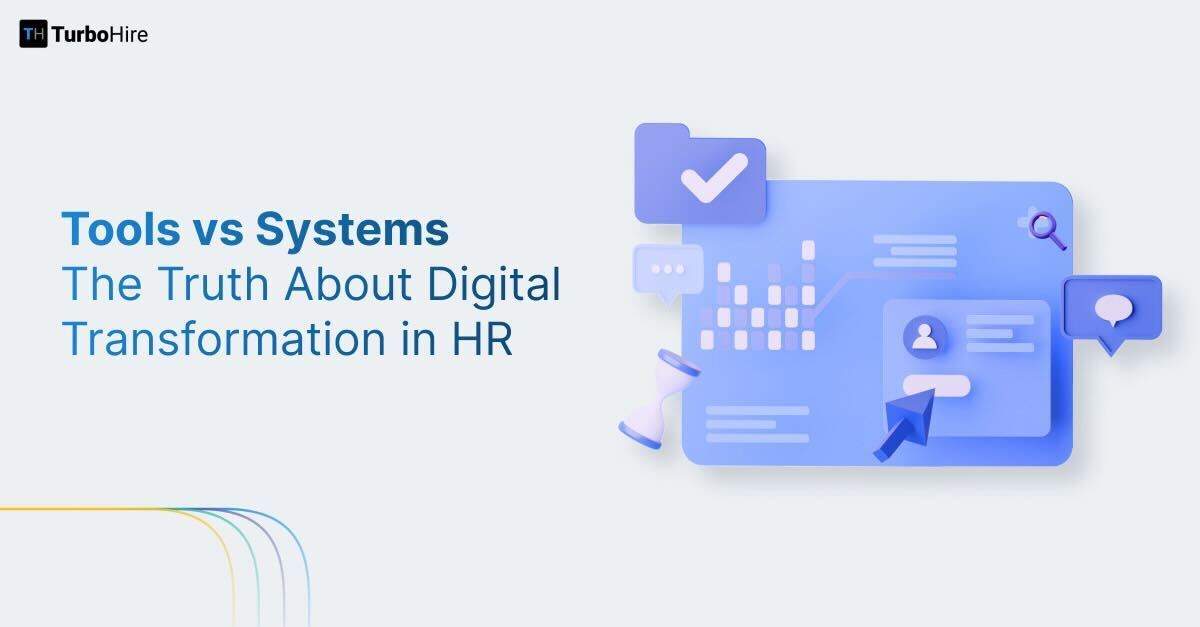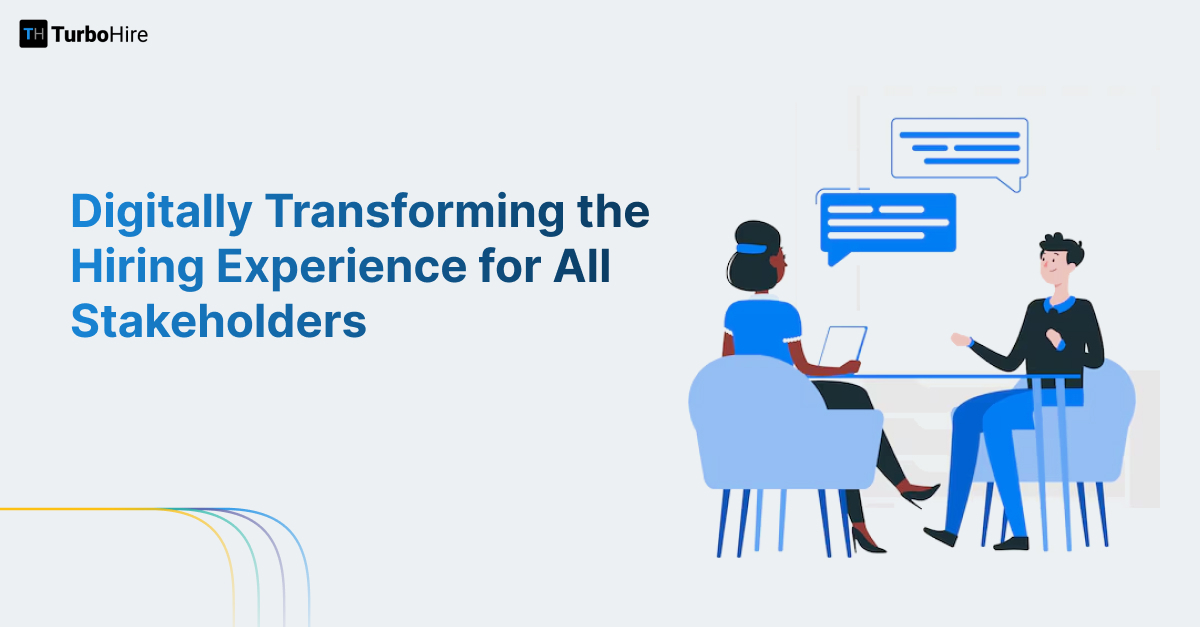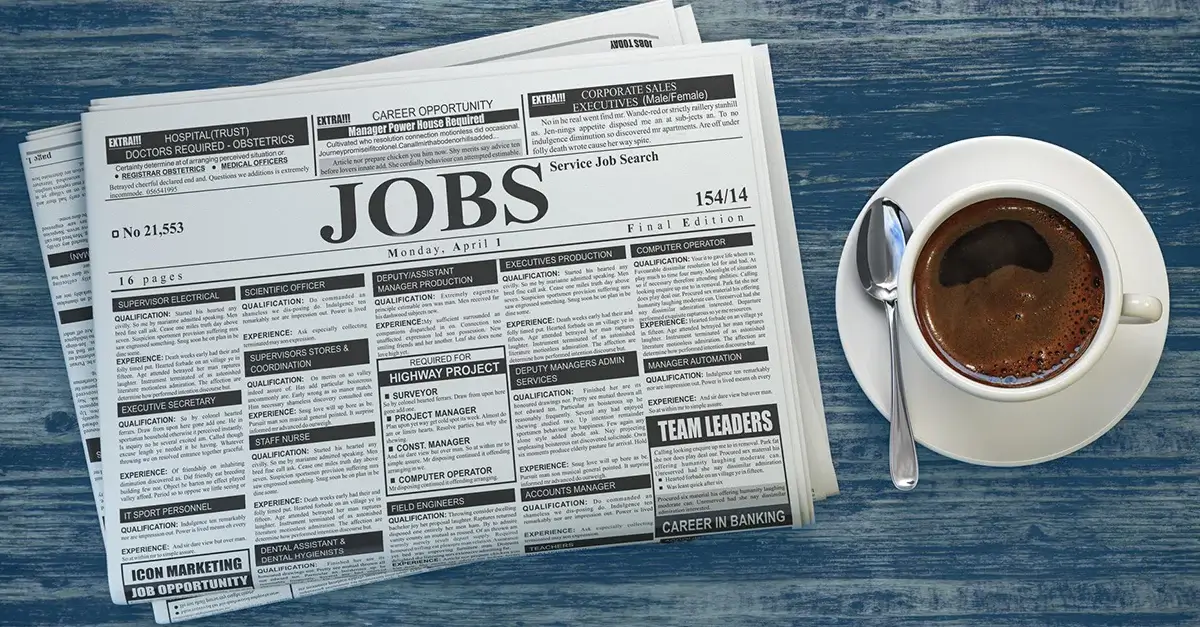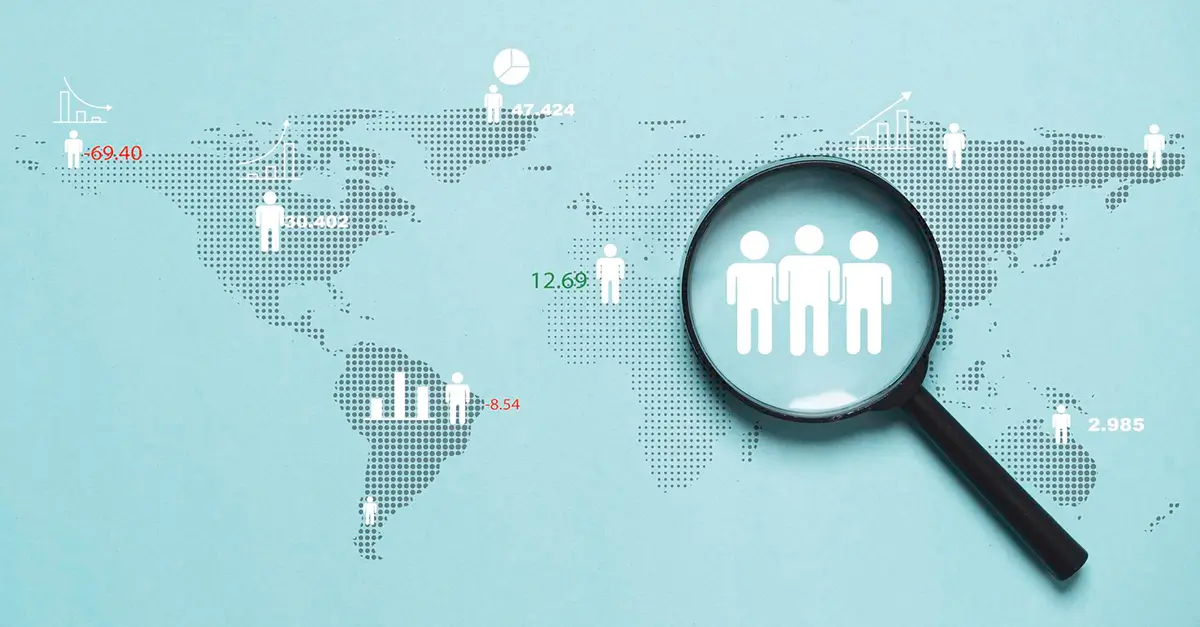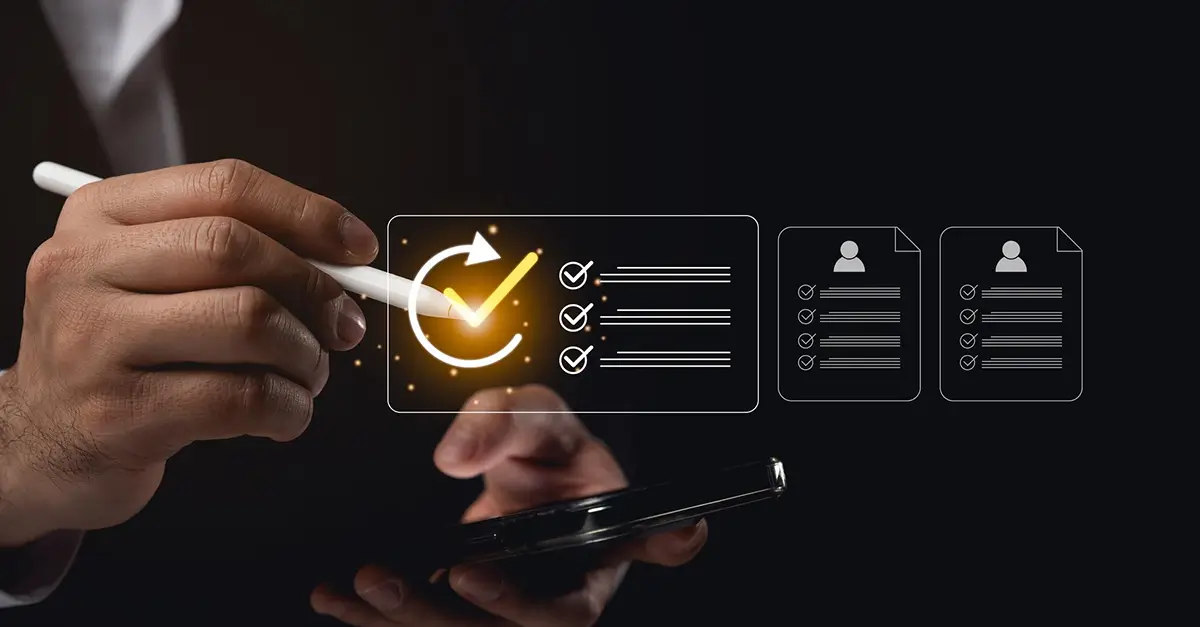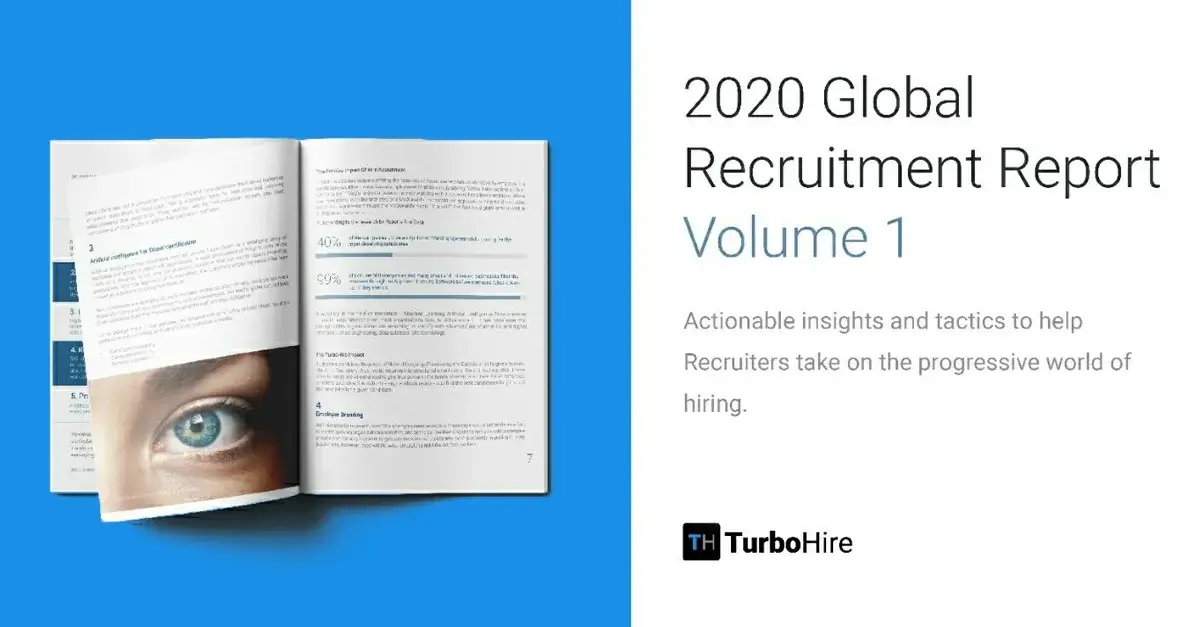Intelligent Hiring is the point at which you utilize unmistakable facts and details to advise your recruiting choices, from choosing candidates to making recruiting plans. Hiring teams that utilize information are bound to be proficient, decrease costs, and improve their quality of hire.
This information-driven hiring cycle could appear as outside or inside information gathered on applicants. While numerous Fortune 500 Companies have a plenitude of inward information accessible on their applicant process, that doesn’t really mean they realize how to settle on essential choices that will yield better outcomes. At the point when we apply a data-driven mentality to recruiting, recognizing which goals and channels are creating the best recruits turns out to be significantly more sensible.
The recruitment process involves multiple touchpoints and the process is time-consuming owing to the careful assessment required at every stage of hiring. With an increase in the number of applicants for any job, the diversity of skillsets, and multiple open job positions, the ability of the hiring process to evaluate candidates efficiently while reducing the costs has been one of the major challenges in the Recruitment Industry.
Traditional methods of recruitment used to depend on chance and instinct more than information, which was tedious to gather and investigate. Recruiters and HRs could just expect that their recruiting strategies were successful. Be that as it may, presently, with an abundance of programming and research tools accessible in the market, anybody can make a data-driven hiring measure.
The amount of data HR offices gather during one hiring period makes data a valuable and important resource. Enormous datasets that contain general and specialty applicant data permit HR experts to target and tailor their methodologies, commitment, and efforts while improving their inner decision-making processes.
How can Intelligent and Data-Driven Recruitment be helpful?
Data-Driven Recruitment can play an important role in defining the long-term hiring goals of a company. Data-Driven Recruitment is a process where
- workforce Intelligence is utilised.
- HR Analytics and Labour force Strategies are combined.
- the most critical hiring questions are answered.
- the company’s business influence is improved.
Role of AI in Intelligent And Data-Driven Recruitment
The mix of Data Analytics, AI, and Machine Learning (ML), are useful assets that can help recruiters to survey the skills and capacities of candidates and take the privilege of making the best-recruiting choices.
Different public and private assets give monstrous measures of data, which joined with cutting-edge analysis can give HR groups noteworthy bits of knowledge. These experiences can help them devise proactive recruiting systems and kill obsolete practices for an exceptionally engaged and data-driven methodology.
AI with the help of Data can revolutionize the way candidates are hired. From sourcing and tracking candidates to interviewing and onboarding, there are tools that can automize every step of recruitment. Let us look at some of the many benefits of hiring with data-driven AI tools.
1. Predictive Analysis
Utilizing predictive analytics can assist the association with recognizing where they should focus their hiring campaigns to advance expenses and results. Applying predictive analytics to the recruitment process assists hiring representatives with finding a bunch of pertinent metrics to survey candidates and measure their performance against that of the top competitors in the organization.
2. Avoid Unwanted Bias
One of the main advantages of utilizing an AI-driven technique for employing is that it helps select the best competitors without any bias that in any case may cloud the hiring specialist’s judgment while approaching the process via offline strategies.
3. Predict Outcomes
Automated Hiring APIs that run on algorithms and predictive insightful models can predict recruitment outcomes like
- Which candidate will be best for what job
- The possible odds of a worker leaving later on
- Which candidate will perform the best
- Cost of hiring each candidate
4. Save Time
AI tools can take over all the time-consuming processes of recruitment like:
- Going through a multitude of resumes
- Reading into candidate profiles
- Scanning huge amounts of data
- Characterizing parameters and data focus for candidate assessment.
Adapting advanced platforms and tools driven by AI, Machine Learning, Automation, and Analytics can end up being an incredible investment in the long haul, empowering organizations to gain the most ideal candidates on the lookout, accomplish higher rates of worker retention, and eventually, stay ahead of the recruitment curve.
Core Modules Of Intelligent And Data-Driven Hiring Provided By TurboHire
Recruitment starts when a company requires a new employee or employees and ends when the candidate chosen enters the onboarding process, which is the last process of recruitment. Understanding what kind of Recruitment process your team would need can be really beneficial. Along these lines, you can call in well-deserved applicants to your company by the process of capitalizing on opportunities leading to the improvement of each step of the recruitment process.
Let us consider the three core modules of a successful recruitment process and discuss them in detail:
- Discovery: Discover talent that matches your requirements with AI-enabled search.
- Interview: Schedule and conduct high-quality live and one-way interviews to attract and manage your best-fit candidates.
- Structure: Keep track of all the developments in your talent pipeline. Generate hiring reports and customize your applicant tracking system.
1. Discover

Within a single year, HR professionals and Recruiters alike collect thousands of millions of resumes. But once these resumes go into your Applicant Tracking System, most of these resumes are never even looked upon. The major reason for this is that originally ATS wasn’t designed to feed this type of functionality. In spite of the fact that most Applicant Tracking Systems allow you to make use of Boolean search keywords and modifiers, they include two significant disadvantages to it:
- Locating candidates that stuff keywords in resumes to pretend to be the best candidates.
- Avoiding candidates who do not know the appropriate use of keywords and searches but are actually qualified.
With TurboHire, Candidate discovery is structured differently because it uses AI to find the right candidates in your ATS using the following 4 steps:
- Add an extra layer of intelligence sourcing by integrating with your existing ATS.
- Deep understanding of qualifications for jobs by scanning all the job descriptions of open positions.
- Find candidates from the existing resume databases for efficient sourcing and match the qualifications required for a position based on skill sets, education, and experience.
- Shortlisting and scoring of candidates for the best fits.
The reviewing of job applicants including CVs, portfolios, resumes, job letters mark the beginning of the screening process. The goal here is to locate the candidates who have the qualifications, skills, and experience required to be the best fit for the job the company is hiring for. When one has chosen the applicants who were successful in impressing them the most on-paper and on-screen, they then can move on to the next stage – the interview stage.
Once you’ve identified qualified candidates, it’s time to narrow down that list to what you deem the very best.
Screening begins with reviewing applications that consist of resumes, portfolios, and motivational letters. The aim of reviewing these documents is to find candidates whose skills, qualifications, and experience best match the role that you’re hiring for.
Once you’ve chosen the candidates who impressed you the most on-screen and paper, they’re moved to the next phase of the process – a telephone interview. Candidates who make this cut are shortlisted and invited to a face-to-face interview.
2. Interview

The next stage post-screening the candidate is the Candidate Interview stage, which lets you decide whether the candidate you screened is an ideal fit going forward for recruitment. Ideally, on average, only 10% of candidates in the entire recruitment cycle, enter the interview stage after screening. What does this mean? This conveys that only 10 out of 100 applicants who have applied for a single job position have the chance of getting shortlisted for the interview stage in the recruitment process. During the interview process, the interviewer normally has the hiring manager in a close hand when the interviews are conducted and to evaluate the interview in detail.
Besides, the recruiter will also be in sync to help with the requirements. Using TurboHire, interviews can be automated to reduce the recruiting time and avoid any candidate dropouts.
In most cases, conducting a successful interview takes around 35 minutes. These minutes can be broken down into 25 minutes of the actual interview and only 10 minutes of evaluation. In some cases, there is more than one interview round which reduces the number of candidates in each round. So all in all, it takes more than a week to finish off the interview process.
Interview Stage Improvements Provided By TurboHire
TurboHire delivers an improvement of 75% while a company uses it for organizing candidate interviews. The initial time that is taken to interview, 7.42 days will be reduced to 1.22 days. This is possible because of the One-Click feature for scheduling interviews by TurboHire, which is also known as Asynchronous Interview Mode. Additionally, you can also schedule your interviews with our Automated Interview Scheduling tool, the benefits of which are more than a dozen for both the interviewer and the interviewee.
3. Structure

A huge part of the present Candidate Experience includes the method of nurturing and re-engaging potential applicants. Re-engaging past candidates with a job they deserve makes your recruitment process unique and candidate-friendly. The present competitive market makes the hiring of the best candidates dependent on the company’s ability to leverage advanced sources of applicants.
According to LinkedIn, although 90% of working professionals would be open to hearing about new job opportunities, only 36% of candidates actively search for a new job.
Locating the appropriate candidates has become critical. HR professionals rushing through the hiring process can increase the risk of making bad hires. In a survey, 43% of hiring professionals remarked that as a result of being pressed to make a fast hire, they made a bad hire.
With TurboHire, this cumbersome process can be automated. By making use of post-hire data, the addition of functionalities takes place with the applicant tracking system (ATS) for maximum use of the company. As a result that, better options and recommendations can be created when fresh candidates are tested for a specific job opening.
Bonus Read! AI Enhanced Profiles: Candidate Smart Cards By TurboHire
4 Most Used Hiring Metrics for Data-Driven Recruitment
Here are the most used hiring metrics of a data-driven Recruitment process that you can save you losses:
1. Cost to Hire
With the correct set of data, the option to enhance the best recruits by channel will be available. To begin to lessen recruit costs, the center just around the factors and channels that lead to the best recruits. When gathered data is available on candidates and your hiring cycle, the subsequent stage is to distinguish which channels are delivering the best recruits — zeroing in your hiring efforts on these channels.
After figuring out which channels the optimal candidates are on, it is urgent to make tweaked content that is alluring to them. On the off chance that you organize and tailor your content for the optimal candidate, the odds of recruiting the correct applicant in the first run-through around and eventually decline long haul costs related to awful recruits.
2. Time to Hire
It is vital for an organization to make sure that their time required to make a hire does not differ much from the average time of hire of the industry. In order to make the recruitment cycle as effective and efficient as possible, investing in apt recruiting techniques and tools is important. Correct use of data will let gain knowledge about the same.
When appropriately done, data analytics empowers you to know with certainty what amount of time it is probably going to require to hire for a specific job, remembering time for each phase of the recruiting cycle. With this data, you can give more solid timetables to partners. In like manner, this data-driven methodology can uncover the bottlenecks easing back down recruiting and illuminate you on the correct moves to make to fix them.
3. Quality of Hire
Data-driven analytics helps in improving the quality of candidates hired by using the following measuring the following:
- Qualified candidates per-demand (which shows whether your sources are delivering those efficient candidates)
- Performance of the fresh recruits by lead sources
- Involuntary turnover or resignations for under a quarter of a year of service
- Characteristics of the top candidates (algorithms to identify such talents)
When the best candidates are hired, the best teams are formed which ensures the long-term and short-term improvements of a company.
4. Candidate Experience
Data-Driven Analytics brings the variables by which candidate experience is affected to the front line, and a workforce knowledge arrangement can assist you with estimating the effectiveness of each. Regardless of whether it’s the time since starting contact, the time between stages, questioner name, and so on, you’ll have the option to determine what’s improving or diminishing the probability of a candidate pulling out their application — and make procedures to diminish the chances of losing solid applicants.
Learn more about the other hiring metrics that can directly impact your recruitment process
Is Intelligent Hiring The Future Of Recruitment?
“90% of the respondents to EMA’s exhaustive survey reported viewing the merging of Artificial Intelligence with Analytics and Automation as a “high” or “extremely high” priority.”
During the previous year, the battle for talent was ready to be more exceptional and more serious than any other time in recent memory with numerous industries and sectors estimating a time of solid development and yearning recruiting. There never was a more ideal time for recruiters to warm up to the expanding part of innovation and automation, and particularly AI, in making their jobs quicker, more effective, and adaptable.
In case, one is simply beginning the data-driven excursion, they might be utilizing simple excel sheets and producing reports from different frameworks to discover the data needed to reinforce the hiring cycle. This can be a long and dreary cycle. Nonetheless, if the need to really assemble a complex analytics work for recruitment is required, consider putting resources into a new innovation like TurboHire that will make it quicker and simpler to get to the critical data as required by the organization.
Conclusion
You would be surprised to know that only 1% of Fortune 500 companies are relying on artificial intelligence tools for enhanced recruitment processes. However, such data may be misleading. Recruitment based on AI and selection of candidates may be seen as a capability in a comprehensive application software solution on which business relies. The fact that companies aren’t opting for AI candidate tracking solutions specifically does not necessarily mean such tools are not a part of the HR process.
TurboHire’s platform can eliminate the number of bad hires. This is a problem that we’ve already highlighted as rather costly. The results of a bad hire are not worth going through all the hardships during the whole recruitment cycle. Hence, it is important to make the best choices.
